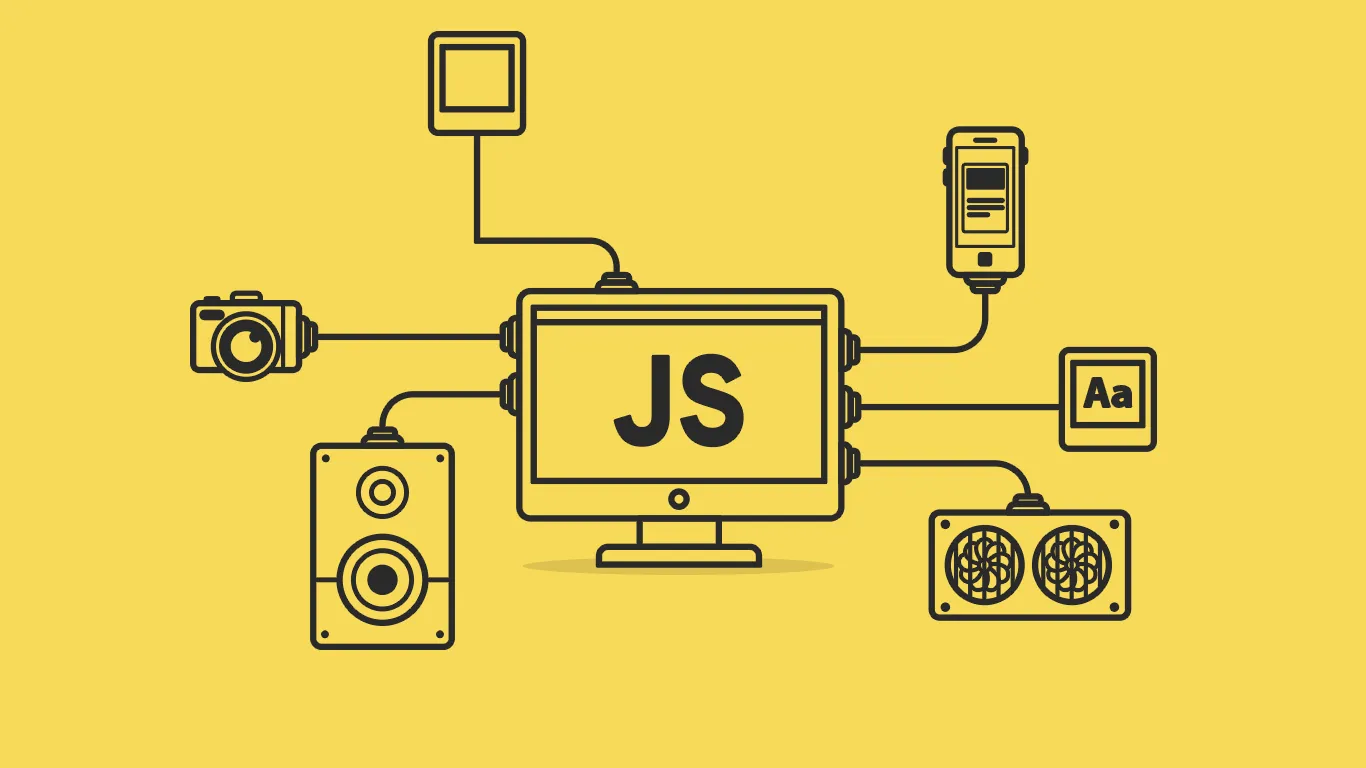Unit tests are very useful for checking how our app is working.
Otherwise, we run into all kinds of issues later on.
In this article, we’ll look at some best practices we should follow when writing JavaScript unit tests.
Unit Tests
Each unit test tests a unit of work.
It can involve multiple methods or classes that return a value or throw an exception.
They can also test state changes in the system.
We can also test 3rd party API calls.
Each test should be isolated from each other.
Any behavior should have only one test.
And they can’t affect others.
Unit Tests are Lightweight Tests
Lightweight tests are repeatable, fast, consistent, and easy to write and read.
Unit tests also code.
They should meet the same quality as the code being tested.
They can be refactored to make them more maintainable and readable.
Design Principles
Our code should be written to be testable.
We should avoid good naming conventions and comment about why we have the code.
Comments aren’t a replacement for bad design.
Also, we should avoid any repetition.
Each piece of code should have a single responsibility so that a unit test can test it.
#software-development #technology #javascript #programming #web-development
